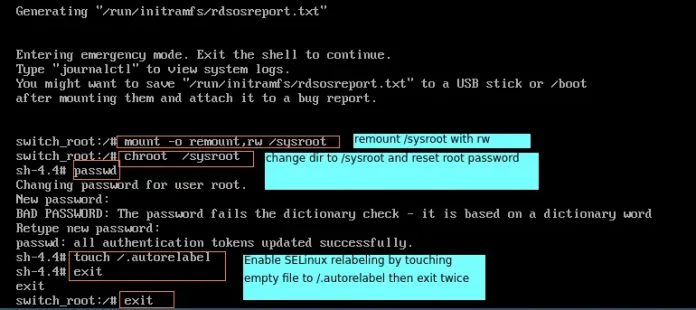Built-in Field Validations in Django models are the validations that come predefined to all Django fields. Every field comes in with built-in validations from Django validators. One can also add more built-in field validations for applying or removing certain constraints on a particular field. editable=False will make the field disappear from all forms including admin and ModelForm i.e., it can not be edited using any form. The field will not be displayed in the admin or any other ModelForm. They are also skipped during model validation.
Syntax
field_name = models.Field(editable = False)
Django Built-in Field Validation editable=False Explanation
Illustration of editable=False using an Example. Consider a project named neveropen having an app named Lazyroar.
Refer to the following articles to check how to create a project and an app in Django.
Enter the following code into models.py file of Lazyroar app. We will be using CharField for experimenting for all field options.
from django.db import modelsfrom django.db.models import Model# Create your models here. class GeeksModel(Model): Lazyroar_field = models.CharField( max_length = 200, default = "GFG is best", editable = False ) |
After running makemigrations and migrate on Django and rendering the above model, let us try to create an instance from Django admin interface. You can see that field doesn’t appear in admin interface. Hit Save.
Let us check in admin interface if the instance of model is created.
Therefore, editable=False modifies the field so that it is not visible to admin interface.
Advanced Concepts with default
editable=False is generally used to hide some fields such as some encrypted code or email address verification code etc from admin panel. To use editable in a field you must specify either of following settings:
- null=True and blank=True, so that your field doesn’t give required error during model save.
- default=value, this will also set the field to some value so that it doesn’t give suspicious errors to admin user.
More Built-in Field Validations
| Field Options | Description |
|---|---|
| Null | If True, Django will store empty values as NULL in the database. Default is False. |
| Blank | If True, the field is allowed to be blank. Default is False. |
| db_column | The name of the database column to use for this field. If this isn’t given, Django will use the field’s name. |
| Default | The default value for the field. This can be a value or a callable object. If callable it will be called every time a new object is created. |
| help_text | Extra “help” text to be displayed with the form widget. It’s useful for documentation even if your field isn’t used on a form. |
| primary_key | If True, this field is the primary key for the model. |
| editable | If False, the field will not be displayed in the admin or any other ModelForm. They are also skipped during model validation. Default is True. |
| error_messages | The error_messages argument lets you override the default messages that the field will raise. Pass in a dictionary with keys matching the error messages you want to override. |
| help_text | Extra “help” text to be displayed with the form widget. It’s useful for documentation even if your field isn’t used on a form. |
| verbose_name | A human-readable name for the field. If the verbose name isn’t given, Django will automatically create it using the field’s attribute name, converting underscores to spaces. |
| validators | A list of validators to run for this field. See the validators documentation for more information. |
| Unique | If True, this field must be unique throughout the table. |





















Please Login to comment…